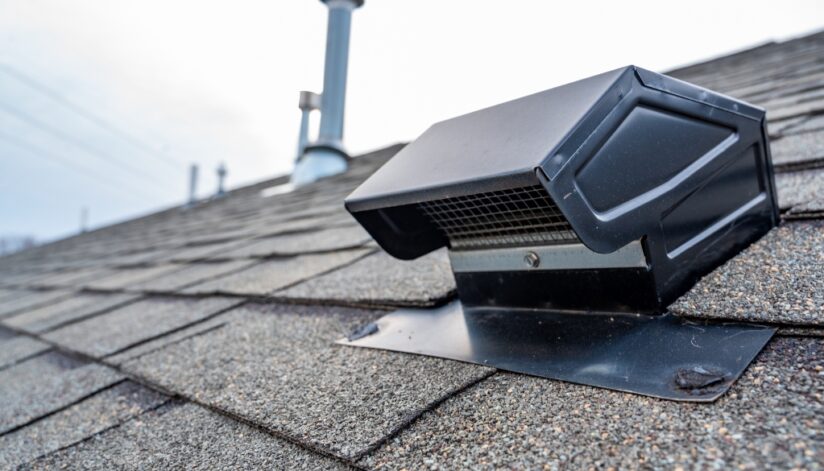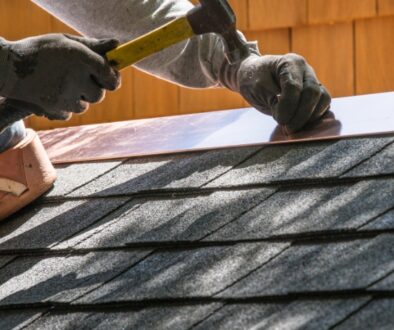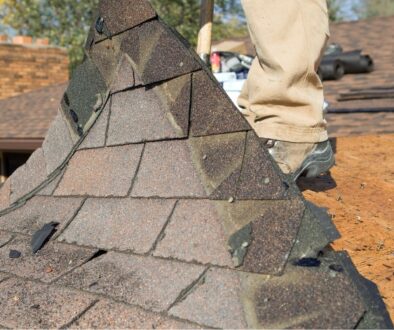The Science Of Roof Ventilation And Why It Matters In Wisconsin
Roof ventilation is a critical component of maintaining a healthy and durable roofing system, especially in climates like Wisconsin, where seasonal extremes are common. Understanding the science behind roof ventilation can help homeowners protect their investment and extend the life of their roof. This blog will explore roof ventilation benefits, how it works, and why it’s particularly important in the diverse weather conditions of Wisconsin.
How Roof Ventilation Works
Roof ventilation involves the systematic exchange of air within your attic or roof space. This process typically involves two key components: intake vents, usually located at the eaves or soffits, and exhaust vents, typically placed at the ridge or highest point of the roof. The idea is to create a flow of air that enters through the intake vents, moves through the attic space, and exits through the exhaust vents. This continuous airflow helps regulate the temperature and moisture levels within the roof structure.
The Role Of Temperature Regulation
One of the primary reasons roof ventilation is crucial is its role in temperature regulation. During the hot summer months, heat can build up in your attic, causing the temperature to rise dramatically. Without proper ventilation, this heat can warp roofing materials, shorten the lifespan of shingles, and lead to increased cooling costs as your HVAC system works harder to maintain comfortable indoor temperatures.
In winter, proper ventilation is equally important. Warm air from the living spaces can rise into the attic, where it may cause snow on the roof to melt. As this water runs down to the colder eaves, it can refreeze and form ice dams, which can damage shingles and lead to leaks. Ventilation helps keep the attic cool, preventing this cycle from occurring.
Moisture Control And Its Importance
Moisture control is another critical function of roof ventilation. Without adequate ventilation, moisture can become trapped in the attic space, leading to condensation on the roof deck. Over time, this moisture can cause wood rot, mold growth, and other structural issues that can compromise the integrity of your roof.
In Wisconsin, where humidity levels can vary dramatically, especially between seasons, managing moisture is essential. Inadequate ventilation can lead to moisture buildup, which not only damages the roof but can also negatively impact the indoor air quality of your home.
The Impact Of Seasonal Changes In Wisconsin
Wisconsin’s climate, characterized by hot summers, cold winters, and significant temperature fluctuations, makes roof ventilation particularly important. In the summer, proper ventilation helps to expel the hot air that accumulates in the attic, reducing the overall heat load on the home and preventing premature aging of the roofing materials.
During the winter, as mentioned, ventilation is vital to prevent the formation of ice dams. Additionally, the proper ventilation system helps to manage the moisture levels that can lead to mold growth and structural damage, which are common problems in homes with poor roof ventilation.
Ventilation System Types
There are several types of roof ventilation systems, each suited to different types of homes and climates.
- Ridge Vents: These are installed along the peak of the roof and allow hot air to escape from the attic. They are often combined with soffit vents for optimal airflow.
- Soffit Vents: Located under the eaves, these vents allow cool air to enter the attic, pushing warm air out through the exhaust vents.
- Gable Vents: Installed on the exterior wall of the attic, these vents allow air to flow through the attic from side to side.
- Turbine Vents: These are wind-powered vents that actively pull air out of the attic as they spin.
Choosing the right ventilation system depends on the design of your home, the local climate, and the specific needs of your roof.
The Ledegar Roofing Advantage
At Ledegar Roofing, we understand roof ventilation benefits amidst the unique challenges of Wisconsin’s climate. Our team of experts can assess your home’s current ventilation system and recommend improvements to ensure your roof is adequately ventilated. Contact Ledegar Roofing today to learn more about how we can help with your roof ventilation needs.




